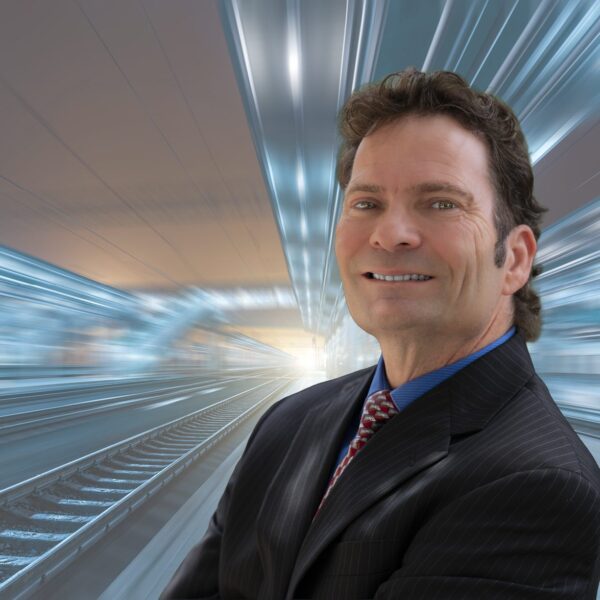

The opening of the new Patricia and Phillip Frost Museum of Science in Miami on May 8 marks the culmination of a dream that began more than a decade and a half ago.
One of two museums at the city’s new, sprawling Museum Park on Biscayne Bay, Frost Science spans four acres and encompasses four interconnected buildings that will showcase a series of interactive exhibits and highly sustainable, technologically advanced aquaria and terraria.
“With its real-life marvels, interactive exhibits, and exciting learning adventures in a state-of-the-art, energy-efficient building, the new Frost Science will introduce the basic concepts of science and technology,” the museum states on its website. “It also will be a unique educational resource for people of all ages, cultures and economic backgrounds.”
The project’s centerpiece is the Aquarium building, which will contain a conical, 500,000-gallon Gulf Stream Aquarium exhibit —the only one of its kind in the world. The exhibit will be open at the surface level, and also will provide a stunning view of the marine life it contains from underneath it, inside the museum. In addition, the Gulf Stream will be visible from each of the Aquarium’s three stories, providing visitors with a unique perspective at various depths.
The 250,000-square-foot facility contains two additional wings of flexible exhibition and meeting space, and a dramatic, spherical planetarium that already has become an icon on Miami’s shoreline.
“There is a lot of excitement, not just for the opening of the museum, but also for this vital piece of the ‘whole experience’ of Museum Park to be completed,” said Frank Steslow, President of Frost Science. “We are located adjacent to the Perez Art Museum Miami, and are near the Adrienne Arsht Center for the Performing Arts and the American Airlines Arena. All of this, collectively, really makes this a cultural destination and the cultural hub of Miami.”
Steslow has more than 30 years of experience in science and in managing science-based non-profits. He joined the museum nine years ago, shortly after the museum’s architect had been selected and conceptual design was just beginning.
The project was envisioned as an ultra-modern replacement for the existing and much-beloved museum, which had been open since the early 1960s. In 2001, Miami voters gave the new museum its first green light, passing a measure that awarded $3.5 million in seed money, and planning began in earnest. A measure approved in 2004 provided a $175 million general obligation bond to fund the project. Architects from throughout the world expressed interest in the project and, in 2007, Grimshaw Architects was chosen to design the new museum. Miami-based Rodriguez & Quiroga Architects Chartered was selected as resident executive architect. Design began, funding mechanisms were sought and put in place, environmental remediation of the project site was completed, and exhibition designers were chosen during the next three years.
In May 2010, the museum team revealed its striking final designs for the project, to much public acclaim, as environmental remediation at the site and planning of Museum Park continued. In early 2011, noted philanthropists Patricia and Phillip Frost donated $35 million to the museum’s capital campaign, and were awarded naming rights for their generosity. Less than a year later, on a sunny day in February 2011, the museum project team, joined by the Frosts, city and county officials and museum trustees, gathered at the site to officially break ground for construction. The project was lauded for its educational value, its contribution to science and technology, its innovative and highly sustainable design, and its contributions to the local economy and local residents.
“The construction of this museum will be remembered as the beginning of a new era for Miami—characterized by an emphasis on technology and all that it adds to our quality of life,” the Frosts said at the groundbreaking. “We are proud that it will be a major cornerstone in the development of this new reputation.”
Construction commenced and project milestones were established. But, a little more than a year after construction began, progress was lagging. Faced with mounting construction delays, increasingly contentious disputes and other troubling issues, Steslow pushed for changes to the construction team to get the project moving again.
One of those changes was the hiring of Hill International, a global construction consulting firm that specializes in managing highly complex projects like the Patricia and Phillip Frost Museum of Science. Hill was hired by the museum to provide project management and related services in October 2013. “Hill came on board to triage the situation and get the project mobilized again,” said Hill Vice President Eladio Castrodad. “Within a couple of months, things were moving forward again.”
Castrodad oversees Hill’s work on the highly visible project, and has extensive experience in overseeing complex projects amidst intense public scrutiny.
Castrodad credits Steslow and his staff for being able to change when change was needed—something not all project owners are able—or willing—to do. In May 2014, the museum decided to terminate its contract with a Boston-based contractor that had been managing the construction, and replaced it with Skanska USA. Hill worked with both Skanska and the museum team to mitigate the effects of the change.
The project faced–and vaulted cleanly over—another hurdle in late 2014, when the innovative Gulf Stream Aquarium was constructed. After years of planning and design, and painstaking construction of necessary forms, crews gathered at the site on a cool, cloudy day in mid-December to begin pouring the concrete that would form the walls of the open-air tank.
Crews worked around the clock—for 24 hours, 48 minutes and 59 seconds—to pour over 1,200 cubic yards of concrete to create more than 9,000 square feet of the aquarium’s surface area. The effort took 120 truckloads of concrete, and was both a major milestone in the project and an historic event as well.
“Nothing like this had ever been built before: an aquarium made of five million pounds of concrete, to support five million pounds of water,” Castrodad said. “It was incredible to see it poured and supported and standing up, after months of planning. It was really quite an accomplishment.”
Steslow agreed. “The Gulf Stream Aquarium is really one-of-a-kind. The designers really pushed the envelope in terms of aquarium design, and has created something that is truly unique, and monolithically pure,” he said.
Steslow credits the cohesiveness of the project team, and Hill’s steady management for the success of the aquarium construction. “Hill was instrumental in getting the means and methods worked out to construct the aquarium. You couldn’t ask for a more complicated aspect of the project, and it is thanks to Hill in large part that we were able to pull it off.”
While the project has faced other hurdles since then, including a now-remedied funding shortfall and abrupt change in leadership of the museum’s board of trustees, Steslow and Castrodad are pleased with the project’s progress.
“A number of issues caused the project [schedule] to creep, but we made great progress by working as a team and continually moving forward,” Castrodad said.
Team-building and constant communication were key to scaling these and other hurdles.
“We worked with very intelligent, very passionate people; people who have been very invested in this project for a very long time. We worked with a diverse project team, and many different public agencies and organizations, each of whom has some stake and its own perspective,” Castrodad said.
Andy Allen, a Skanska Project Executive who’s been on-site for more than two years, agreed that the entire team worked well together. He’s been managing complex construction for some 20 years, and a collaborative, cohesive project team doesn’t happen by itself, he said.
“The key to the success has been the alignment between Hill, Frank Steslow and the museum staff, and our staff at Skanska,” Allen said “We understood what needed to be done to get the project completed, and how to balance the programming needs of the museum with the project budget, quality goals and the constraints of the schedule.”
The team also worked together to realize the project’s cutting-edge design and highly technical aspects and, in turn, worked closely with contractors and subcontractors to help ensure that the architect’s vision was achieved.
The project has stayed within its original budget, with the project making cost-saving recommendations to the museum throughout the process. “It has been a very collaborative process,” Castrodad said.
Such collaboration isn’t widely publicized, but is crucial to the success of the project, Allen added.
“The effort it takes, to come in and turn things around, correct past mistakes, get things back on track and then maintain the schedule, the quality and the budget, is incredible. It takes a lot of energy and creativity to do that,” he explained. “Just the amount of research that is required; to understand what went wrong and then how to make corrections and keep move forward, is a big task.”
Allen was particularly intrigued by the construction of the aquarium, as well as all of the intricate systems that will support the marine life that will inhabit it. He and other members of the project team have needed to become proficient in such considerations as water temperature, pH, filtering, nutritional needs and other concerns.
“Aside from the technical challenges associated with building the project, the fact that such an aquarium has never been built before, the technological aspects—the systems that support the life of the aquatic animals—are very compelling. Creating an environment that mimics the sea has been a really interesting part of the puzzle. It’s been a challenge, but incredibly rewarding at the same time.”
In addition to the Gulf Stream Aquarium and the digital Frost Planetarium, the museum incorporates several new technologies and sustainable elements, including systems to harvest water and harness energy from the sun, wind and other sources.
Sustainability has always been a key goal for the facility, in its design, during its construction, and in how it will function. The museum is seeking a LEED Gold certification for sustainability, a notable achievement.
Steslow said that, while the technical aspects of the project were daunting, the skepticism that it would ever get built was one of the most difficult hurdles.
All three men are eager for the public to see the finished museum on May 8.
“We have a long history here in Miami, and the museum has always been a very loved institution. People grew up with it, and there’s a community-wide passion for the museum and a fondness for what it was,” Steslow. “I think people will be really surprised when they visit the new museum. We took the best of what we had before and incorporated it into a new version that is very unique. We didn’t set out to be the largest, but we wanted to provide a unique facility, a unique experience that few people have had before.”
Allen agreed that the public is watching the project “very closely.” When he’s at a public event related to the project, he’s often peppered with questions about what the museum will look like and what favorite exhibits from the old museum will be given new life at the new location.
“The museum is an important part of the community, and the idea of a new museum is very exciting,” he said. “The public is going to receive this with open arms.”
Castrodad has lived in Miami for more than 25 years, which gives him a unique perspective into the local interest in the project and its progress. He also knows what the project will mean to the city in which he lives and works every day.
“I think that people are going to be completely fascinated by this structure. It will be the crown jewel of Miami.”
by Tricia M. McCunney, Hill International, Inc.
Share

June 23, 2025 | Articles
Jeffrey Hurley Joins Hill’s Northern California Rail Practice

June 23, 2025 | Articles
Ready, Set, Grow: First VP Chad Koelling Takes Charge of Hill’s Mountain West Region
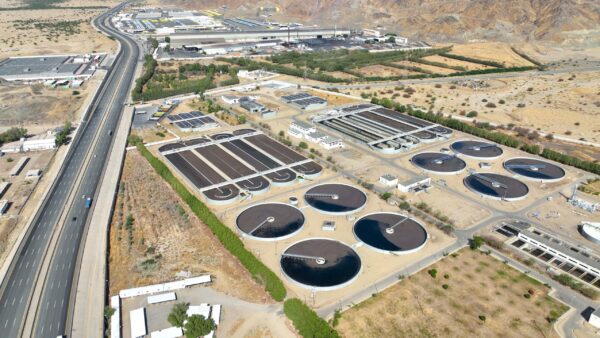
June 8, 2025 | Articles
PMO in Saudi Arabia: The Holistic Approach to Realizing a National Mega-Portfolio

June 1, 2025 | Articles
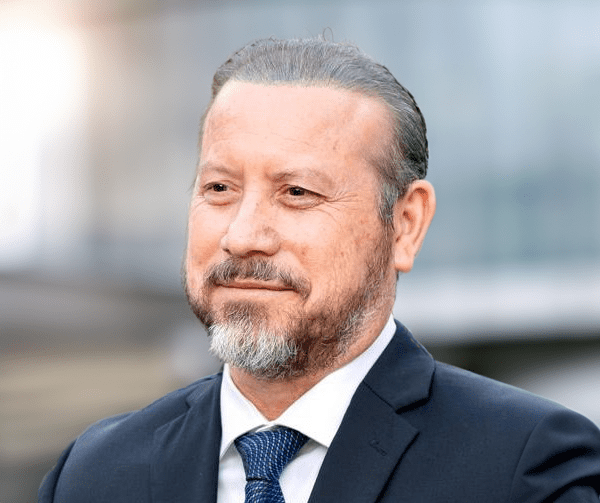
May 26, 2025 | Articles
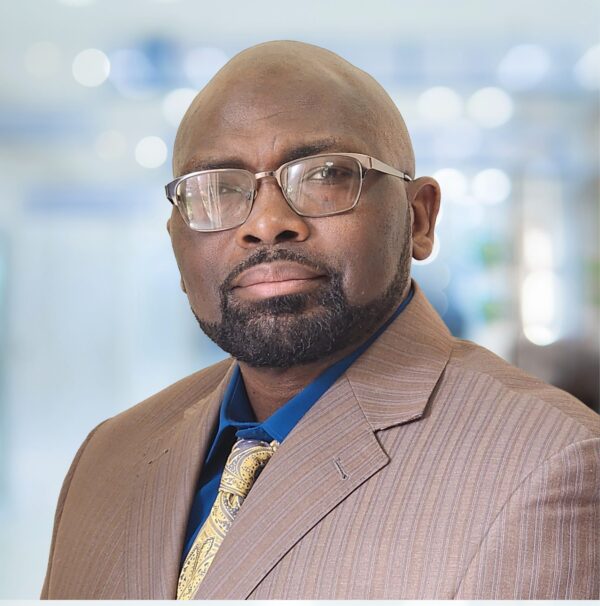
May 12, 2025 | Articles
Keeping Your Water/Wastewater Programs Flowing with Public Relations
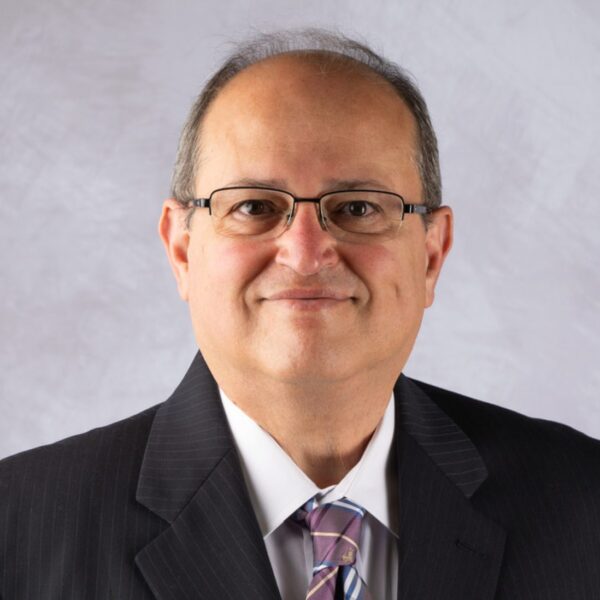
April 27, 2025 | Articles
Oiling the Machine: Steps to Successful Permitting on Infrastructure Megaprojects

April 20, 2025 | Articles
Sustainable Scaling: Solutions for Managing Risk on Europe’s Data Center Projects